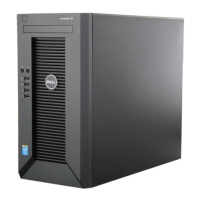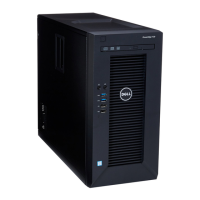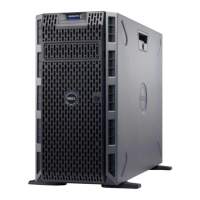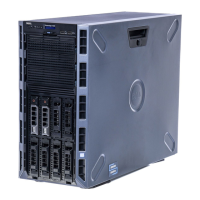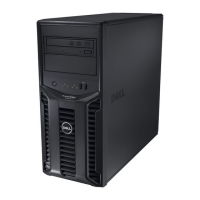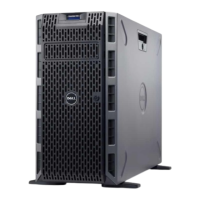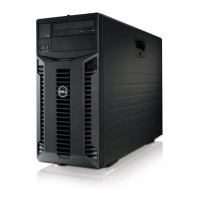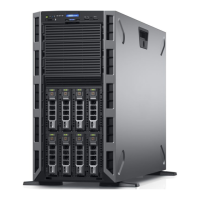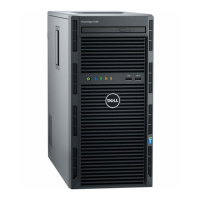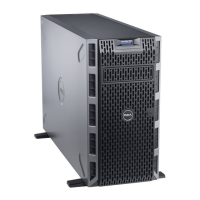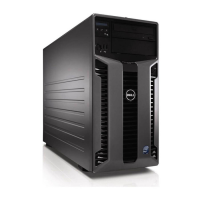Dell
PowerEdge T710 Technical Guide 23
Formulas for Maximum Operating Temperature at Given Altitude Table 8.
35 –
Maximum Altitude
(
meters
)
- 900
300
°C
35 –
Maximum Altitude
(
feet
)
- 2952.75
984.25
°C
95 –
(Maximum Altitude
(
meters
)
- 900) x 1.8
300
°F
95 –
(Maximum Altitude
(
feet
)
- 2952.75) x 1.8
984.25
°F
5.7 Maximum Input Amps
The T710 system exhibits the following maximum current draw at the stated voltages:
13.7 A @ 90 VAC
12.0 A @ 100 VAC
10.4 A @ 115 VAC
5.75 A @ 208 VAC
5.45 A @ 220 VAC
5.2 A @ 230 VAC
5.8 Energy Smart Enablement
The PowerEdge family of servers implements aspects of the Dell Energy Smart strategy. This strategy
offers the following:
Energy Smart components on a portfolio level, such as high-capacity and Energy Smart power
supplies
Systems with either a lowest power footprint configuration or a best performance per watt
configuration
Energy Smart components (such as DIMMs or hard drives) selected without cherry picking or
screening individual manufacturer‘s components based on energy consumption
5.9 ENERGY STAR Compliance
ENERGY STAR
®
qualified configurations can be accessed from the ENERGY STAR Compliance results
landing page on Dell.com.
5.10 Acoustics
The acoustical design of the PowerEdge T710 reflects the following:
Adherence to Dell’s high sound quality standards: Sound quality is different from sound
power level and sound pressure level in that it describes how humans respond to annoyances
in sound like whistles and hums. One of the sound quality metrics in the Dell specification is
prominence ratio of a tone, and this is listed in Table 9 and Table 10.
Office environment acoustics: Compare the values for LpA in the following tables to see that
they are lower than ambient noise levels of typical office environments.
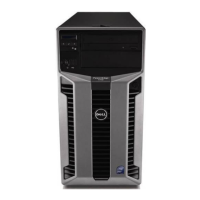
